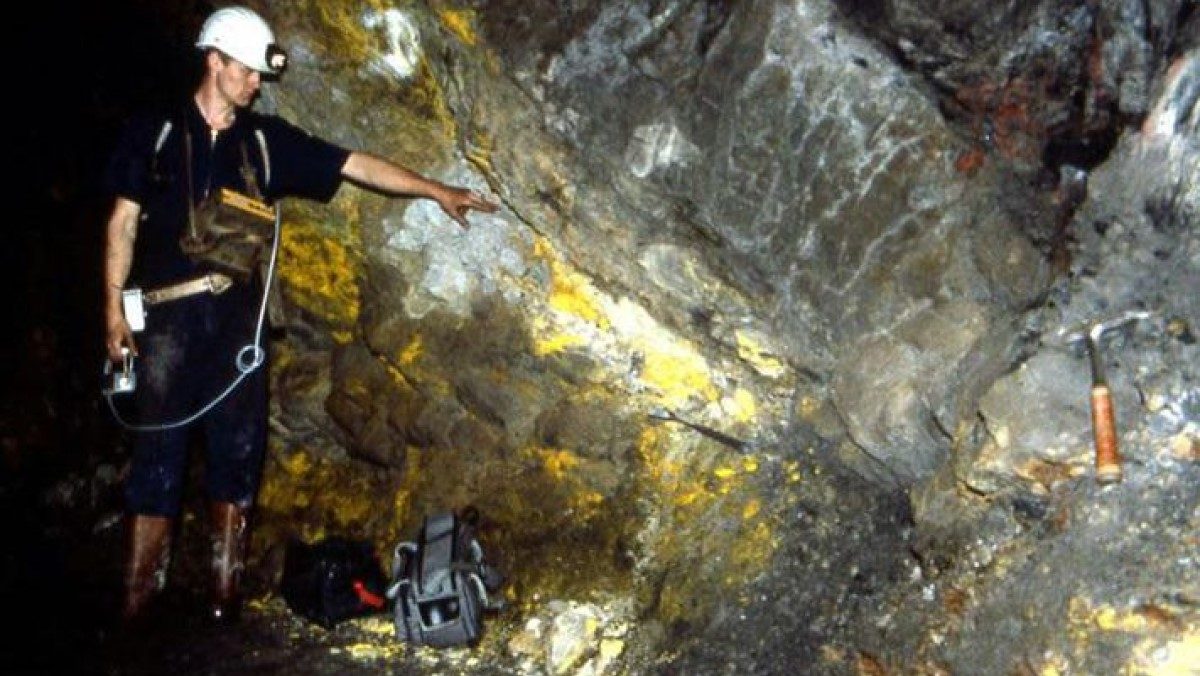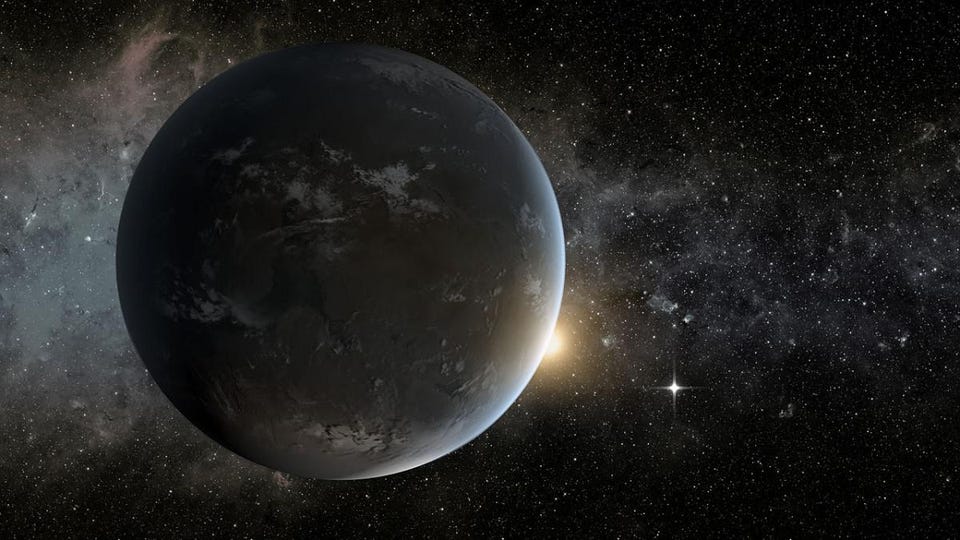Why We Haven’t Discovered (Intelligent) Alien Life Yet

Over the past few years, the discovery of planets that could potentially support life in our own galaxy has given a boost to the field of astronomy. Yet no evidence exists that there is life beyond Earth, let alone the intelligent life that would revolutionize how we view ourselves and our role in the cosmos. So where are all the aliens? Two astronomers have a new theory which suggests that intelligent life on planet Earth may be as old as can be expected in our galaxy.
In a new paper, Tsvi Piran of the Hebrew University of Jerusalem and Raul Jimenez of the University of Barcelona argue that massively energetic bursts of gamma rays explain the dearth of life beyond Earth. Gamma ray bursts (GRB) are thought to result from stellar events: the collapse or collision of stars. They are as rare an event as they are deadly to our kind of life, destroying any organisms within 10,000 light years of its blast:
“First, the blast of radiation would instantly kill most living organisms on or near the surface—not just those facing the blast but also, via secondary showers of charged particles and re-emitted gamma rays, those on the hemisphere facing away from it. Second, the gamma rays would also stir up chemical reactions that create ozone-killing molecules sufficiently powerful to destroy more than 90% of an Earthlike planet’s ozone layer, and keep it destroyed for several years. This would let in intense ultraviolet light from the planet’s parent star, which would blitz any complex biological molecules it hit.”
At the center of our Milky Way galaxy, the density of stars means a higher frequency of GRBs, and the further back in time one goes, the denser the galaxy was. Thus Earth’s location on an outer spiral arm of the galaxy has protected us from GRBs, meaning life as we know it may be the oldest kind of life possible in the galaxy.
In his Big Think interview, Bill Nye shares what he would say to intelligent life if it were discovered beyond Earth:
Read more at the Economist
Photo credit: Shutterstock





